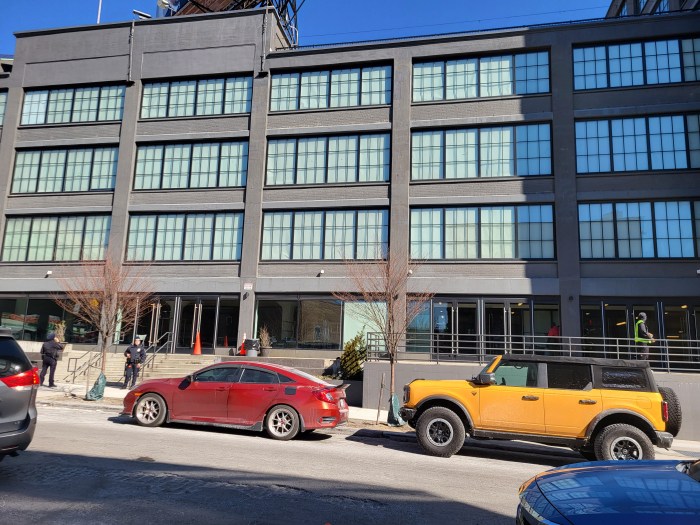New York City Transit President Sarah Feinberg said homelessness on the subways was not only impacting the space and service to essential workers during the epidemic but represented a government default on the part of the de Blasio administration.
As videos and photos of trains being used almost entirely by homeless men and women surfaced, Feinberg said it was a problem being dealt with by the MTA despite being a problem solely for the city to handle.
“We are frustrated by the ongoing issue of the number of – which feels like an increasing number – the homeless population in the system. At any given moment it makes for an experience on the system that is problematic for our ridership and in this moment it is not appropriate given the nature of the folks that we are carrying,” Feinberg said, referring to essential workers. “To the extent which we have individuals whose belongings are taking up space or are laid out or sleeping, that impacts the space that essential workers have.”
@MarkuuSan @MelissaKleinNYP @Sandy_English this is Parson & Archer Train Terminal earlier today @NYCTSubway is #COVID19 containment control for the #Homeless the system will never shut down what would #NYC do with the 1000s of possibly infected 🤷🏾♂️ @nicolegelinas @BobHoldenNYC pic.twitter.com/vGycFIqJkd
— Gomez (@TripleG_RTO) April 22, 2020
But according to the city Department of Homeless Services, they have their own essential workers in the subways making wellness checks and diverting people to NYC Health & Hospitals or shelters. A DHS spokesman told amNewYork Metro that 12 individuals in citywide have been diverted into their system after COVID-19 checks by the agency.
“As we did before this unprecedented crisis, our HOME-STAT outreach teams continue their 24/7/365 outreach, helping unsheltered New Yorkers experiencing homelessness come in off the streets and subways into transitional and permanent housing. As part of those efforts, they canvass the streets and subways every day, offering a helping hand,” Isaac McGinn said. ” As a result, those outreach teams have made 12 referrals to care, including transporting each of these 12 clients to H+H locations for further investigation, and at this time these referrals have not resulted in any positive cases.”
The MTA has been on the defense since an MIT professor disseminated a non-peer reviewed piece of research that said the spread of COVID-19 throughout the city correlated with the sprawl of the transit system. Despite being brushed aside by experts and MTA itself, the debate has lingered whether or not the New York City Transit is the blame.
In early March, as the coronavirus made its way onto the scene in New York, Foye told reporters that the Centers for Disease Control, the World Health Organization as well the state Department of Health did not recommend workers wear masks unless they were unwell. Then in April as the death toll among transit workers increased, the MTA changed its policy to allow employees to wear masks and began distributing personal protective equipment (PPE).
“I regret that the CDC and the World Health Organization gave the advice that they did, as you know, we changed our policies prior to [the organizations] changing them,” Foye said on Wednesday. “I think everybody in the country regrets the failings of the CDC and the issues with respect to the World Health Organization. I regret they gave the advice they did to the entire country.”
Up to 83 transit workers have died from the coronavirus and the MTA is now offering $500,000 in benefits to the families of employees who die from the disease.





































